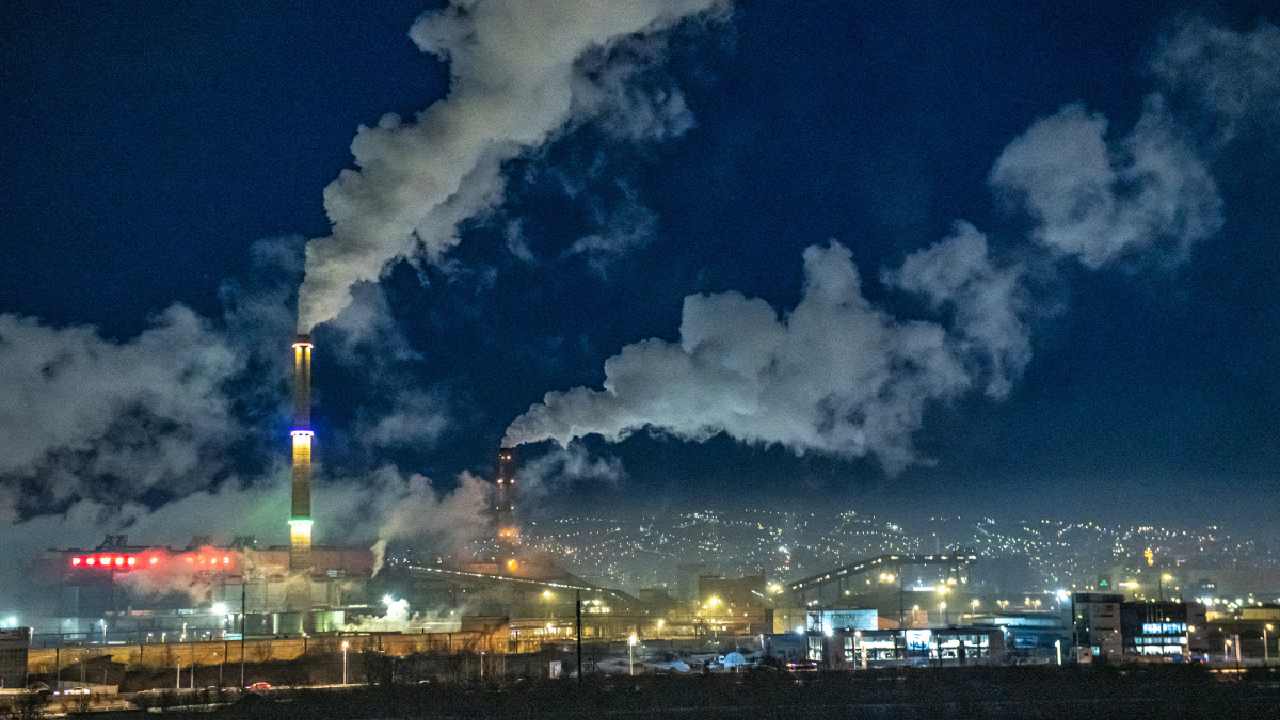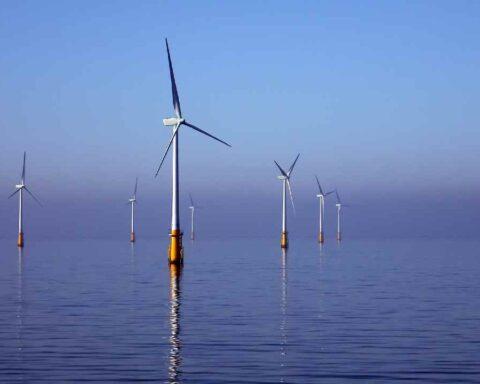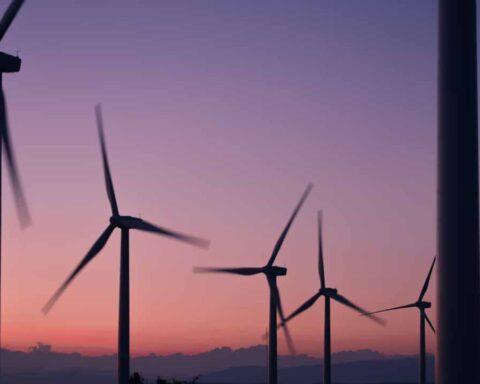Carbon transition will pose a material risk in 2022 for the most exposed Asian issuers as more countries in the region commit to net-zero targets and global financial initiatives to accelerate decarbonisation take root.
According to Moody’s Investors Service, the near-term credit implications will vary across markets and sectors. Automakers in the region are relatively well-positioned for the transition as they increase production of electric vehicles (EVs). Fossil fuel-concentrated issuers will face stiffer challenges, but government support in some jurisdictions, such as India and China, will offset the near-term credit impact, albeit raising the risk of a sharper adjustment in the future.
Asian battery makers are poised to gain from continued strong demand in 2022, although tightening supplies of raw materials will increase sourcing expenditures and end product costs. Among the options to enhance supply chain resilience, investing in mining operations would likely increase exposure to commodity price fluctuations, execution risk and financing pressure.
The EU’s cross-border tariffs on carbon-intensive imports, which will take effect in 2023, will likely increase import costs, and have a major impact on iron and steel manufacturers in India, Indonesia and China which have significant exposure to industries subjects to levies. By contrast, domestic carbon pricing will remain too low and limited in scope to influence corporate behaviour over the near term.
Amid mounting public concerns about natural capital management and biodiversity loss, governments and investors will continue to push for more nature-friendly practices. The Taskforce on Nature-related Financial Disclosures aims to publish a framework for disclosures on nature-related risks by 2023. This is likely to ignite greater focus on nature-related disclosure and biodiversity risk management.
Asian issuers in sectors highly exposed to natural capital risk will face rising pressure to demonstrate their commitment to sustainable production practices and actionable plans.
While there is still a long way to go, governments are starting to increase measures gradually. For example, Singapore recently announced plans to increase its carbon tax from its current level. This shift toward a zero-carbon economy will put more financial pressure on APAC debt issuers in carbon intensive sectors without scalable technological solutions or credible transition plans.
In addition, global market initiatives to accelerate decarbonisation, such as the Glasgow Financial Alliance for Net Zero (GFANZ), are likely to increase funding pressure for high-carbon companies that depend heavily on international capital markets, as GFANZ signatories are likely to develop plans to decarbonise their investment portfolios over the coming months.
Our carbon transition assessments of companies across the most exposed sectors, such as airlines, oil and gas, electric utilities and automotive manufacturing, provide insight into the level of transition risk that they face. On our 10-point CTA scoring scale, where CT-1 indicates the most advanced positioning and CT-10 the poorest, the 86 APAC companies we assessed through the end of 2021 had a median score of CT-6, indicating moderate positioning for carbon transition.
This suggests that companies have material exposure to carbon transition risks that, if left unaddressed, make it difficult to transition to a low-carbon future over the long term, potentially increasing negative credit pressures.
There is significant variation in how the most exposed sectors have been adapting to the low-carbon transition. Like their global peers, Asian automakers have adjusted their business strategies to invest heavily in alternative fuel vehicles, mainly driven by government incentive programs and restrictions on combustion engine vehicles that have increased demand for EVs. Six out of nine leading Asian automakers recorded one- or two-notch improvements in their CTA scores from 2019 to 2021.
However, the Asian EV market’s reliance on government subsidies and other stimulus measures leaves it exposed to regulatory risk. For instance, the Chinese government said in January that it will proceed with its previously announced plan to reduce subsidies on new EV purchases by 30% in 2022.





























